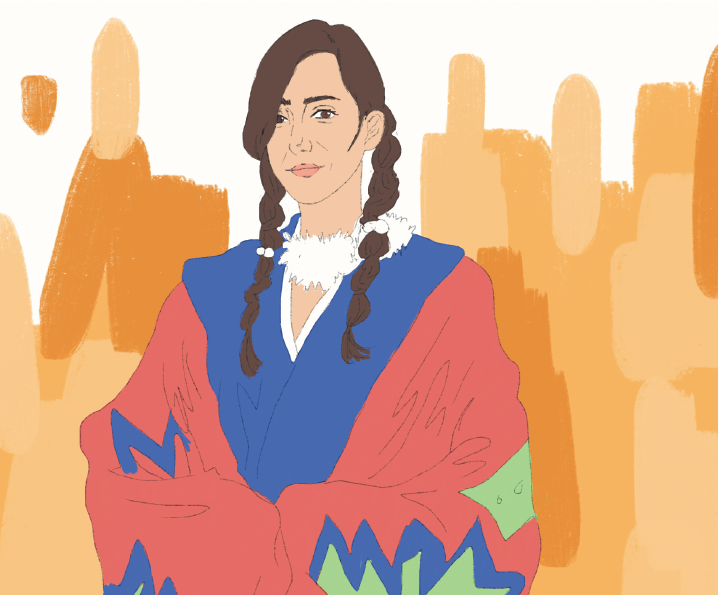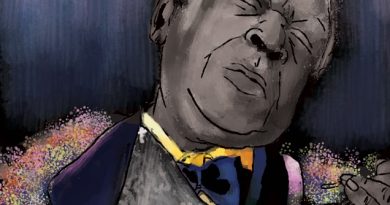Finding a Place for the Sacred During Graduation
In spring of this year, high school senior Waverly Wilson of the nearby Clover Park School District’s Lakes High School prepared for graduation with the intent of representing her heritage by adorning the typical commencement cap and gown with objects that she was given as a rite of passage: eagle feathers. Wilson, a local Native Indian, was denied permission by her school’s principal to pay homage to her heritage. The district policy entails that all graduating students at the time of commencement are restricted from wearing any sort of additions to their gowns, including cultural artifacts.
Eagle feathers in the case of Wilson represent the highest honor, as the eagle is able to fly closest to the Creator. To have a feather is to have a part of a beautiful creature that flies above all others. Wilson has multiple eagle feathers that she has earned as merit through her people. But as she approached her high school graduation, a large milestone of adulthood, the institution that she has been legally obliged to attend told her that she cannot represent her heritage while she walks across the stage. As a result, Wilson hid her feathers at her commencement ceremony; that is until she found a moment to unveil them as she walked onto the stage of the Tacoma Dome. Wilson was not willing to forsake her culture, her family, her heritage, at a ceremony that was meant to celebrate her achievement.
Indian boarding schools emerged in the late 19th century, their focus was to systematically erase Native Indian culture by forcibly removing children from their homes, cutting their familial connections, and forcing them to adhere to Western styles. The far reaching effects of the boarding schools are still seen today in the missing languages, stories and other crucial elements of a culture that the schools eradicated. Cultural genocide is the systematic destruction of tradition, language, and values. We are able to observe a genocide of indigenous cultures in the instances of boarding schools but also in the present, in this instance of systemic restriction of cultural identity. By homogenizing graduates, not only are normatives muted, the lack of representation perpetuates the idea that any culture aside from that which is dominant is inferior.
At the University of Washington, students have the opportunity to attend both a standard commencement, as well as a multicultural graduation which invites students to celebrate not only their accomplishments but how their heritage has helped them to achieve them. At the University’s primary commencement ceremony, students are permitted to decorate their caps as well as cultural inspired apparel. The only limitations regarding apparel are a strict regulatory system of honor chords to ensure that students’ academic accomplishments are adequately represented. Though UW allows students to decorate themselves to their preference, there still remains the typical cap and gown which in itself presents homogeny. The question that arises at a university is not “can you be yourself” but rather how much of yourself can you be in a setting which actively seeks to conform.
Special thanks to Dr. Michelle Montgomery for her deep insights of Indigenous Studies, and also Anna Nepomuceno for providing context of her niece Waverly Wilson’s struggle to represent her heritage.






